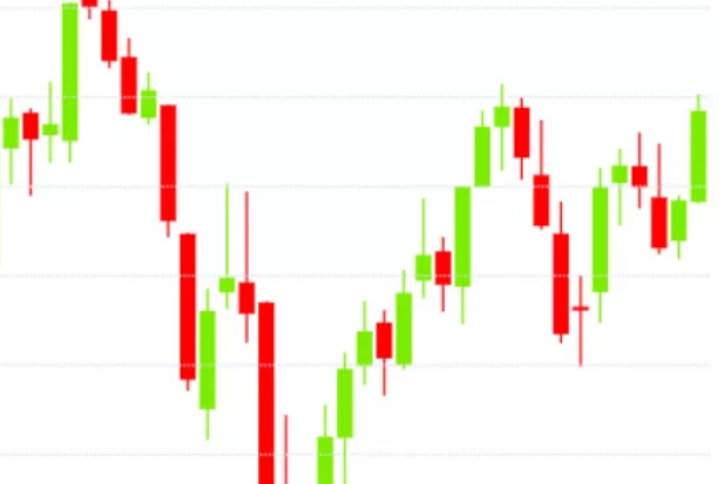Bitcoin Faces Further Losses Before Rally Restarts, Say Analysts

Despite a bounce earlier on Friday, bitcoin may yet see further losses in the near term.
Bitcoin’s shorter-term price woes are likely not over yet, analysts say, with one predicting a further decline to $26,000.
The cryptocurrency fell by 13% on Thursday in a spot market sell-off, hitting a low of $28,845 earlier on Friday, the lowest level since Jan. 4. In the hours since, the cryptocurrency has regained some poise to trade back above $31,000.
“I’m not sure the low of $28,000 seen early Friday is the bottom,” Ki-Young Ju, CEO of blockchain analytics firm CryptoQuant, told CoinDesk. He highlighted a negative “Coinbase premium” as evidence of weak dip demand from large investors.
CryptoQuant’s Coinbase premium indicator measures the spread between Coinbase’s BTC/USD pair and Binance’s BTC/USDT pair, which includes the stablecoin tether. A positive spread implies strong institutional inflows, as Coinbase is considered synonymous with high net-worth individuals and institutional investors.
While prices have recovered to $31,000, the spread remains flat to negative, implying a lack of dip demand from big investors.
he Coinbase premium fell as low as -$227 in the past 24 hours. According to Ju, bitcoin consistently traded at a premium of over $50 on Coinbase throughout the rally from $20,000 to $40,000, indicating major spot market inflows from large investors.
A drop in the GBTC premium, which measures the difference between the value of Grayscale Bitcoin Trust’s holdings and the market price of the holdings, is another bearish factor to consider.
The premium has all but evaporated in recent days, a sign of weakening of institutional demand. While retail investors directly buy bitcoin on the spot market, many institutional investors invest through the Grayscale Bitcoin Trust for regulatory reasons. New York-based Grayscale is owned by Digital Currency Group, the parent company of CoinDesk.
Matthew Dibb, COO and co-founder of Singapore-based Stack Funds, also cited the negative Coinbase premium as a cause of concern for the bulls and took note of the bearish technical setup for bitcoin.
“Bitcoin broke short-term support on Thursday, and while the market is trading positively now, we may see lows down to the $26,000 mark in the coming weeks,” Matthew Dibb, Co-founder, and COO of Singapore-based Stack Funds, told CoinDesk over WhatsApp.
After failing multiple times to establish a foothold below $32,000 earlier this month, sellers finally secured a daily close (UTC time) below that level on Thursday. Coupled with a fall out of a contracting triangle, that indicates the path of least resistance is to the downside.
Bitcoin’s recovery is already being capped by the former support-turned-resistance of $32,000. A move above $35,000 is needed to abort the bearish view, according to popular Twitter trader “Cred.”
“That level could be put to the test, as the derivative market is more relaxed now, and we have seen some good buying interest around $30,000,” Patrick Heusser, head of trading at Swiss-based Crypto Broker AG said. “The perpetual funding rates and futures premium are reverting toward their mean from elevated levels observed earlier this month when bitcoin was trading near record highs.”
The perpetuals funding rate or the cost of holding long positions is currently seen at 0.008%, down significantly from the high of nearly 0.10% observed on Jan. 19, according to data provider Glassnode.
Down but not out
Despite the latest decline, bitcoin is still up 6% on a year-to-date basis and up over 35% from the price of $23,000 seen precisely a month ago. Analysts remain optimistic about the cryptocurrency’s long-term prospects.“Veteran investors in Asia are holding strong and taking the opportunity to stack higher. The history of bitcoin is littered with such shakeouts, and we expect a whipsaw reversal to $50,000 in short order,” Jehan Chu, managing partner at Hong Kong-based crypto investment firm Kenetic Capital, said.
Bitcoin has taken a beating this week amid renewed regulatory concerns and bearish comments by prominent investors.
Author: Omkar Godbole














Responses